Meet After
Partner Programme
14 — 16 Sept 2025
Graphic Design & Visual Communications, Multi-Disciplinary Design, Art / Collectibles
The Handbag Factory
3 Loughborough St,
London
SE11 5RB
By 2100, traditional burial methods will have been largely replaced by sustainable practices like promession, transforming cemeteries into ecological and cultural spaces. These future burial sites serve not only as places of remembrance, as climate infrastructure, supporting biodiversity and environmental restoration.
Meet After is an RCA 24/25 MDes Design Futures independent research project related to speculative design and future burial practices. It envisions that by the year 2100, low-carbon and environmentally friendly funeral methods in the Northern Hemisphere will contribute to addressing global climate change. Through the lens of environmental, spatial, and cultural sustainability, the project proposes three vertical architectural structures, each representing one of the three pillars of sustainable development. The aim is to raise awareness about the current carbon emissions associated with death and burial, and to provoke reflection on desirable directions for future funerary practices. Arctic amplification accelerated by global warming and intensified La Niña cycles has triggered increasingly extreme weather in Northeast Asia. In 2020, China experienced three severe cold waves, worsening conditions in the already climate-stressed Northeast (Z. Bing, 2021). At the same time, the United Nations projects a doubling of the Asia-Pacific’s elderly population and mortality rates by 2050 (UN ESCAP, 2023). Conventional funerary practices are environmentally unsustainable. Cremation releases toxic emissions, heavy metals, and plastics, while traditional burials occupy significant ecological land and strain local environments (Rahimi, 2025). In Northeast China, strong cultural attachments to visible graves and ancestral worship rooted in Confucian values further hinder adoption of sustainable alternatives. This convergence of climate risk, demographic pressure, land scarcity, and cultural resistance highlights the urgent need to rethink burial systems. A new approach must reconcile environmental responsibility with cultural continuity, ensuring dignified and sustainable end-of-life practices for future generations. Three towers: Control Tower The tower’s flowing curves are inspired by frozen streams, symbolising the suspension of time and life. As the ice melts, the water resumes its journey, nourishing all living things anew. The tower’s summit features high-efficiency molten salt solar power, with the salt metaphorically drawn from the tears of loved ones. Aeroma Tower for environmental restoration, the curved structure embodies the breath of all living things. Following ice burial, the remains are converted into a fine mist and released through the top of the tower, where they merge with the biological elements of the internal garden, contributing to atmospheric and ecological restoration. Climaia Tower for spiritual remembrance, The rainwater collectors draw inspiration from the lilac flower native to Northeast China, while the main towers are modelled after the birch tree,s symbol of vitality, belonging, hope, and the cycle of life and death. All three towers were 3D printed using sustainable and eco-friendly PLA (Polylactic Acid) material.
Related


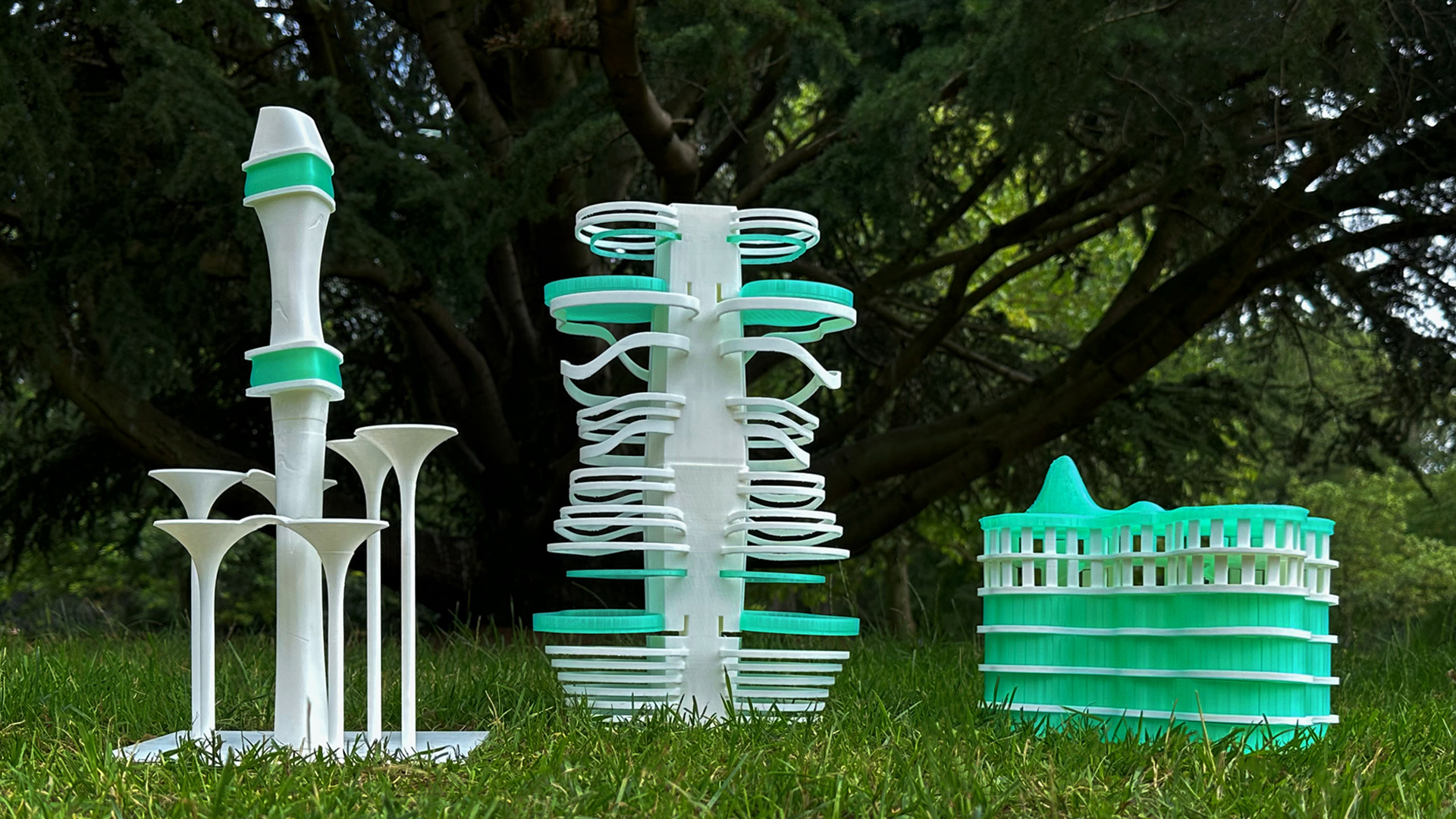
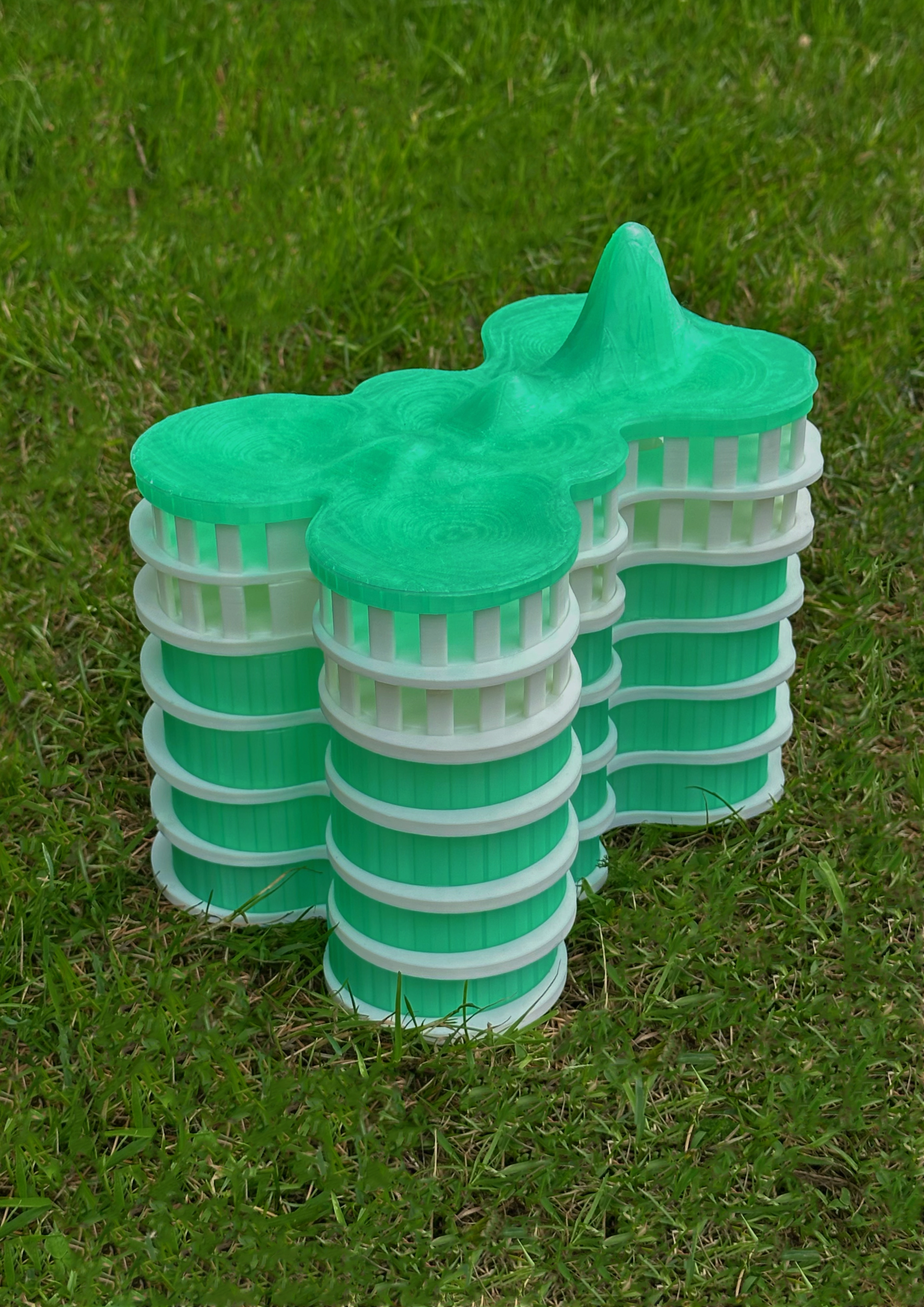
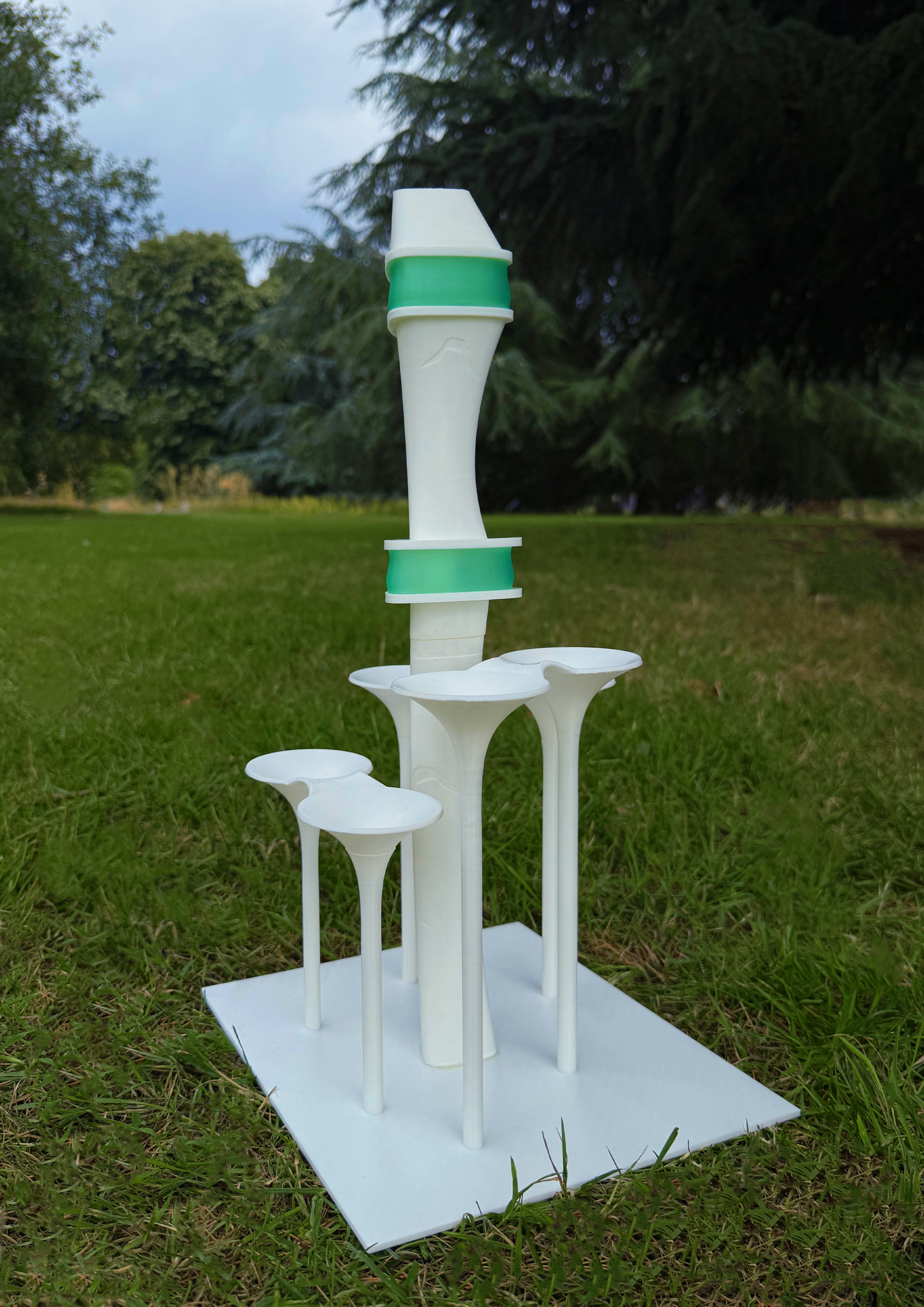
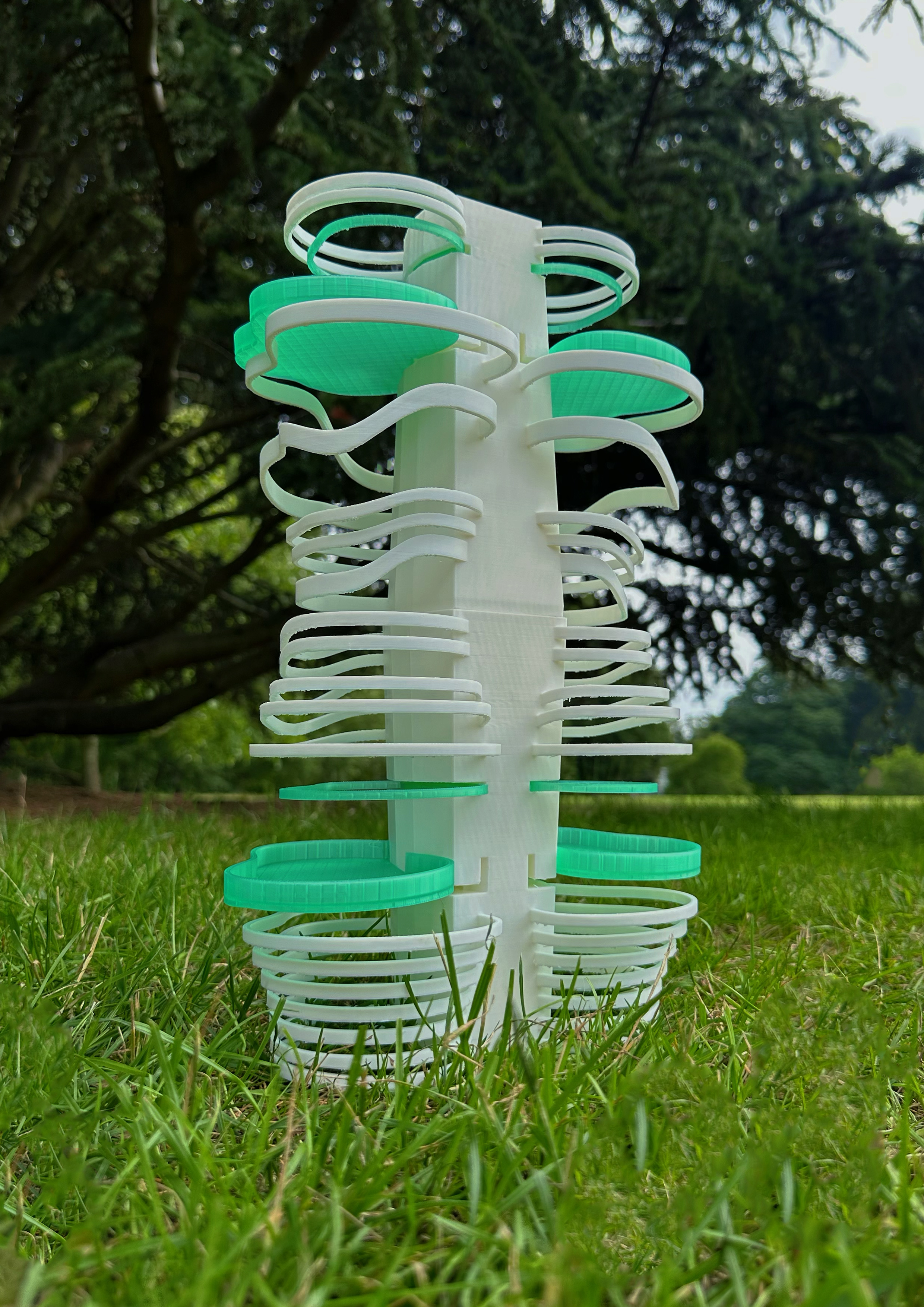
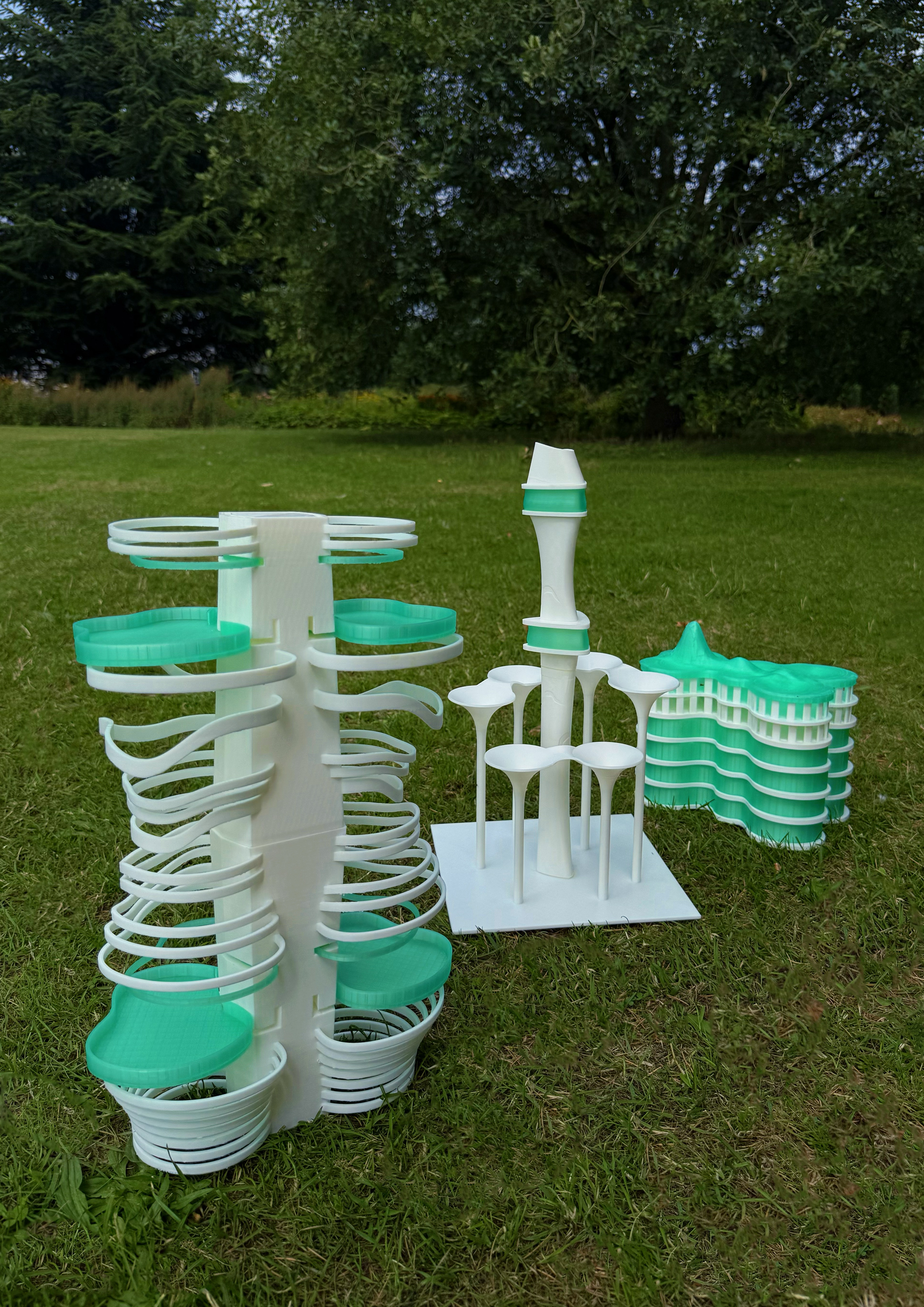
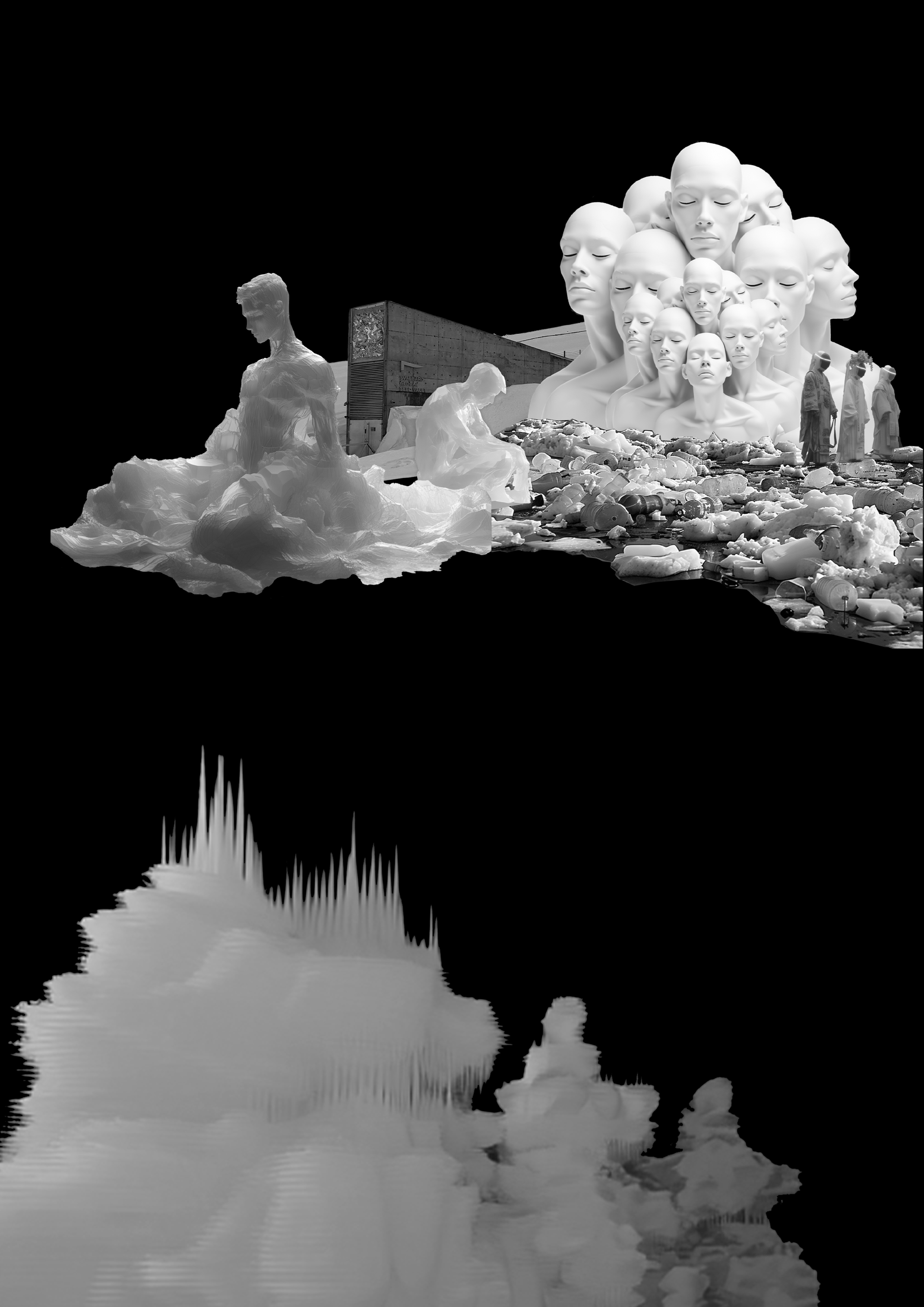
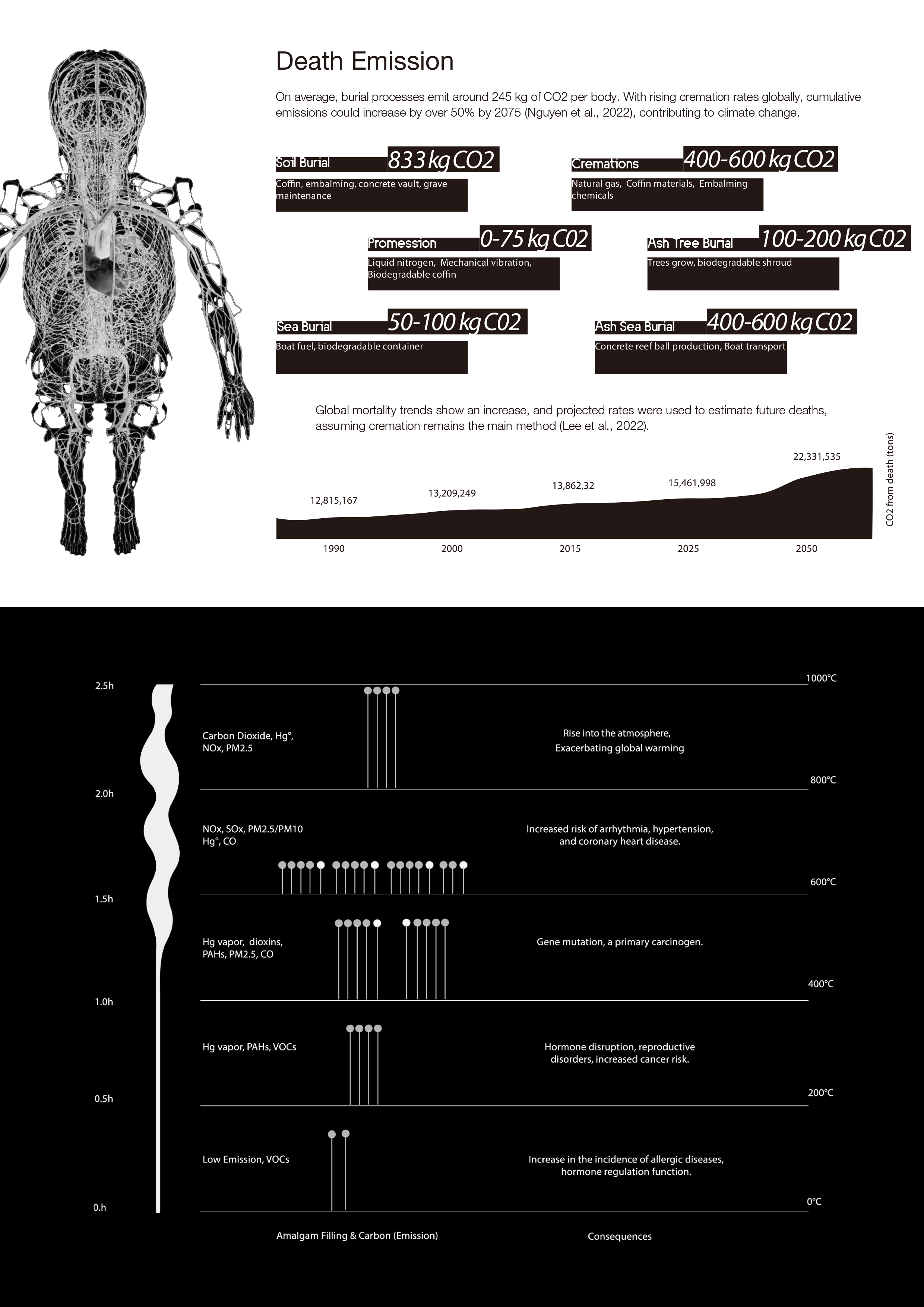
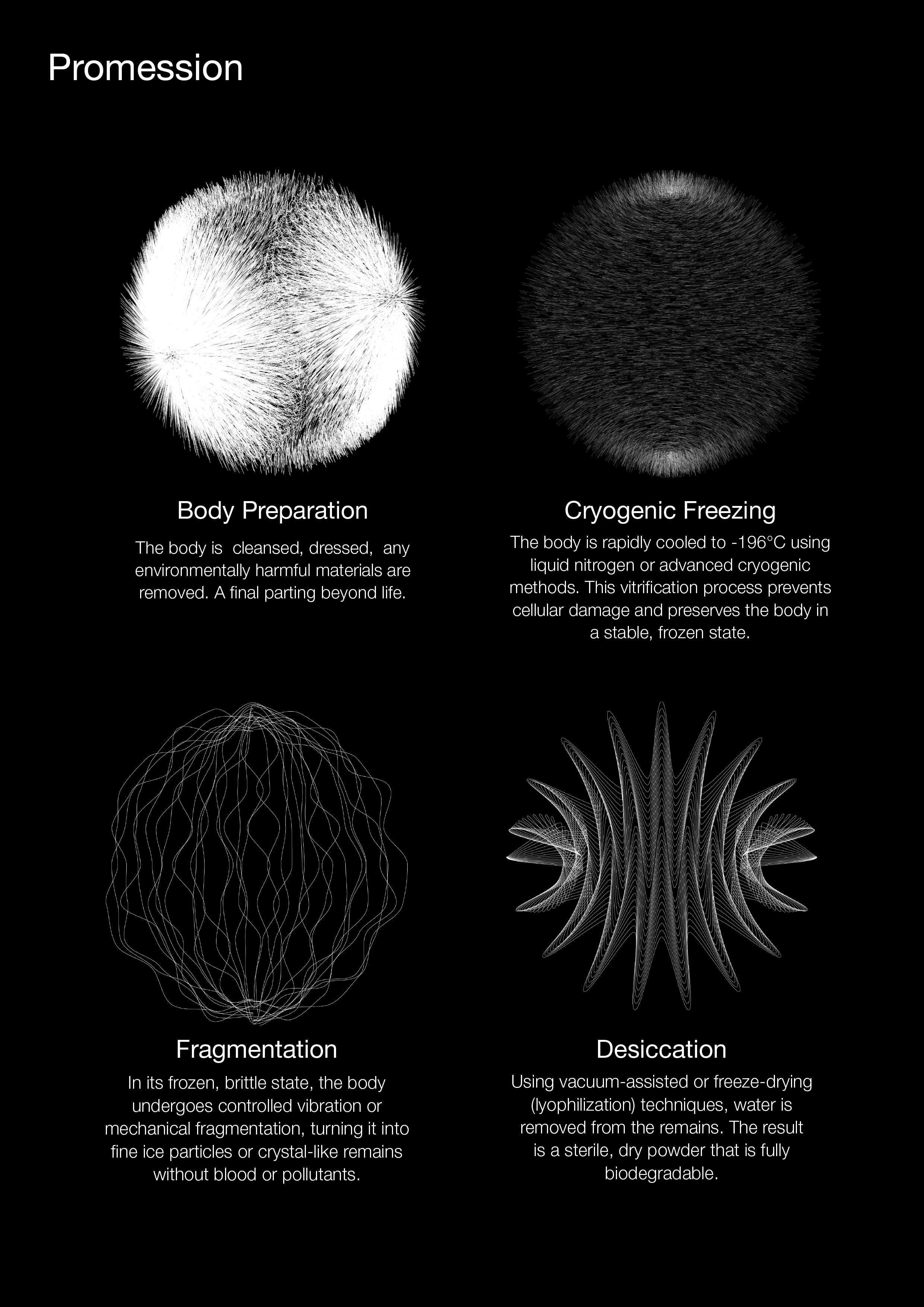
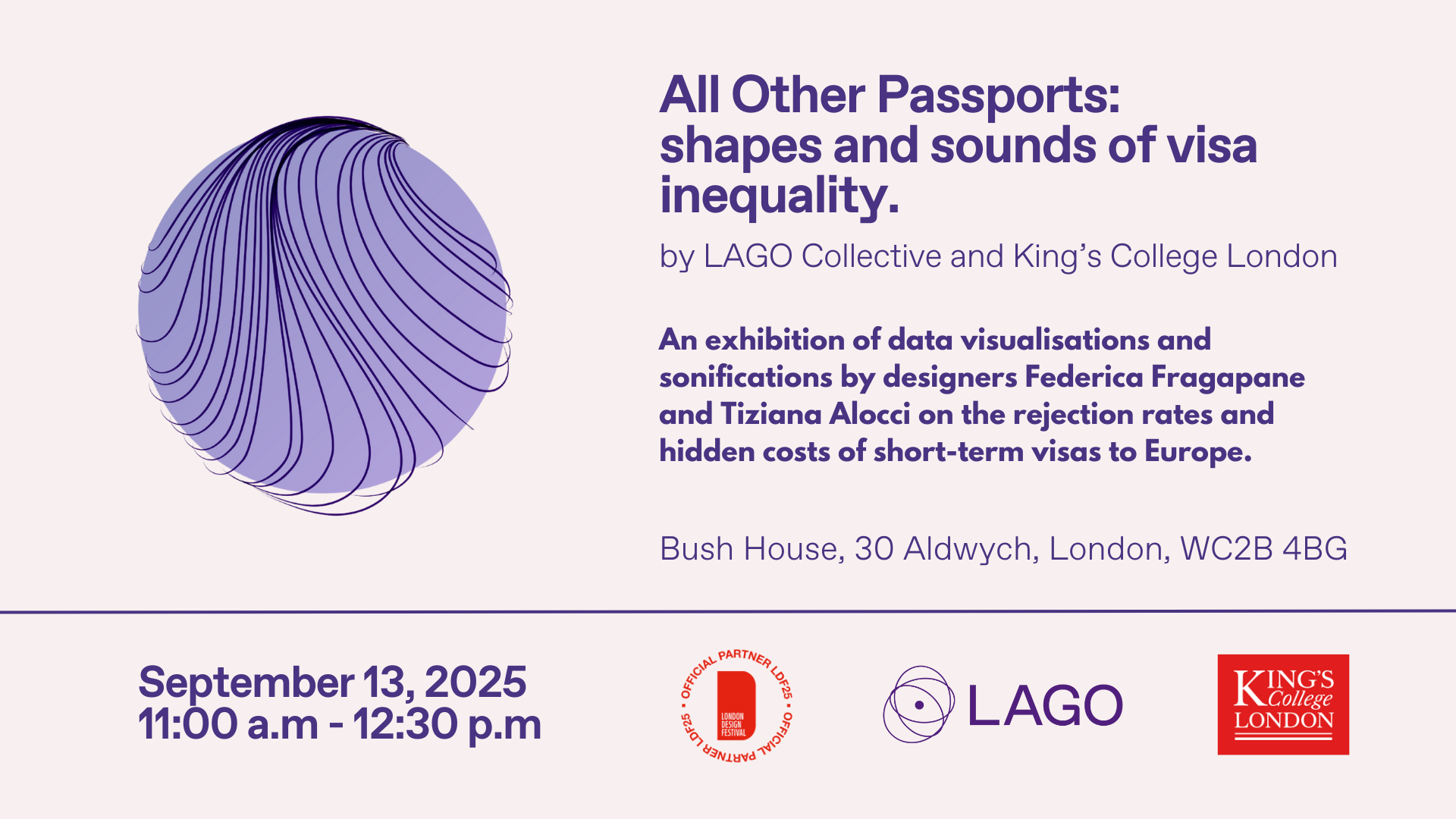
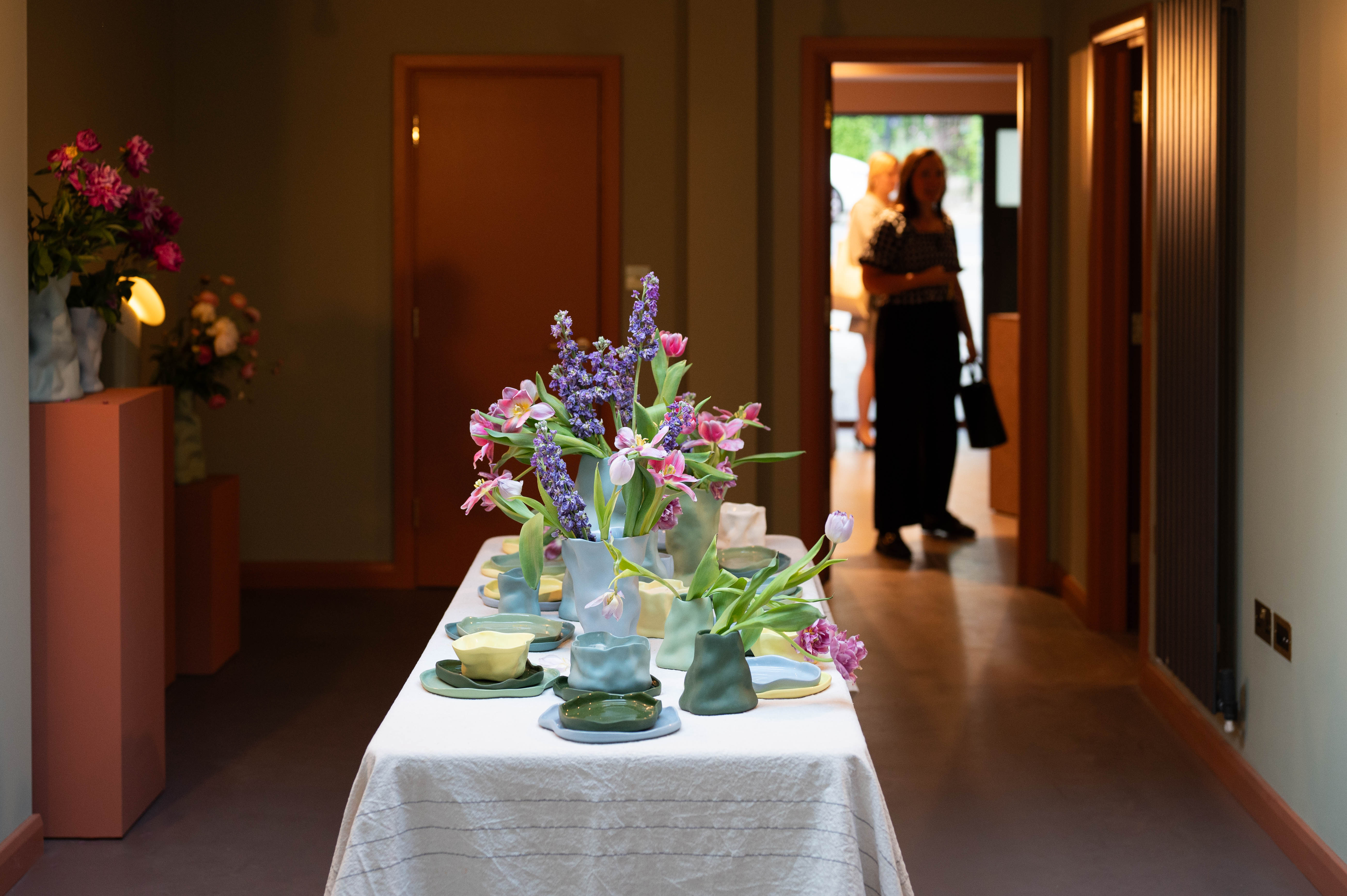
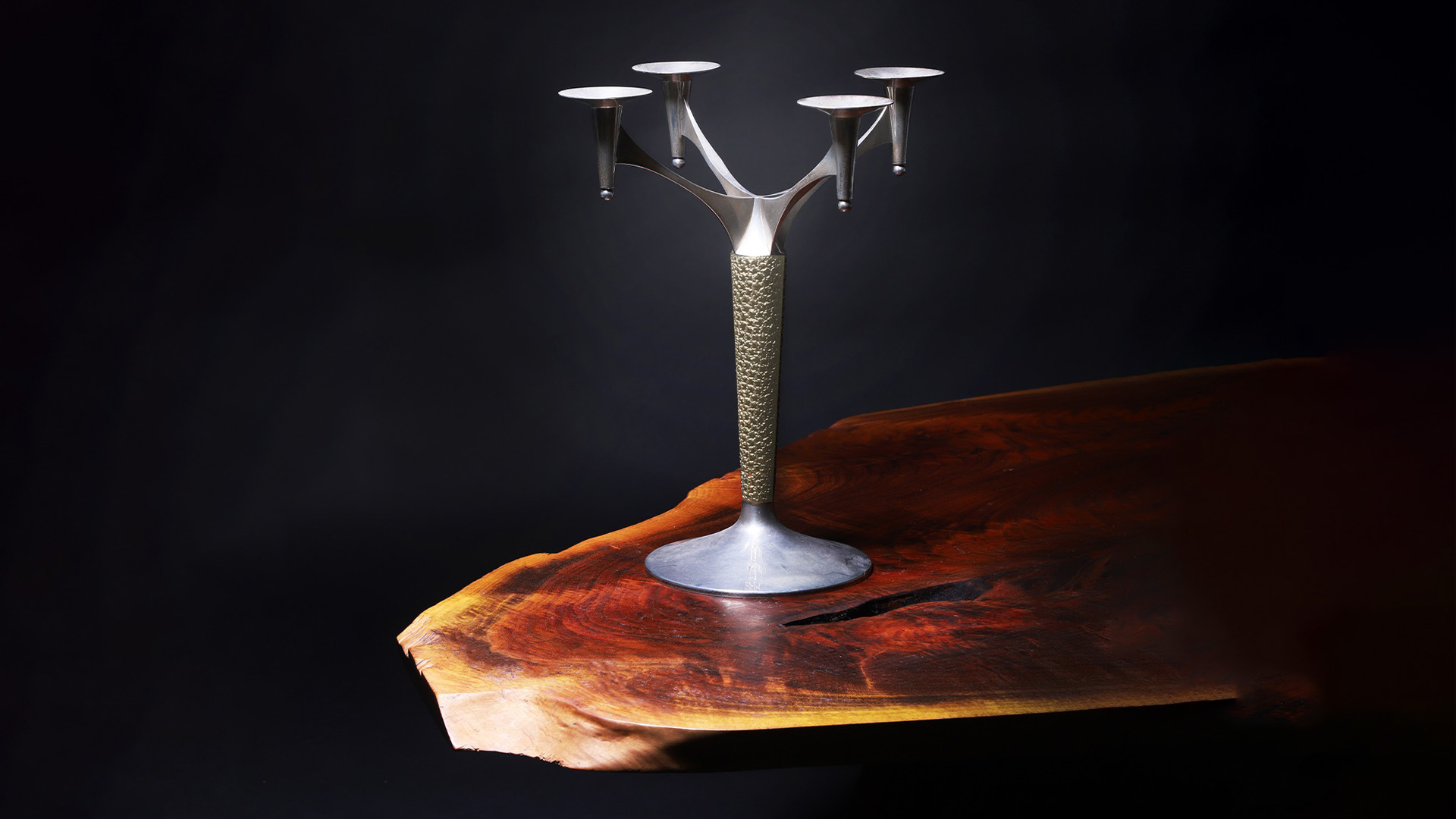

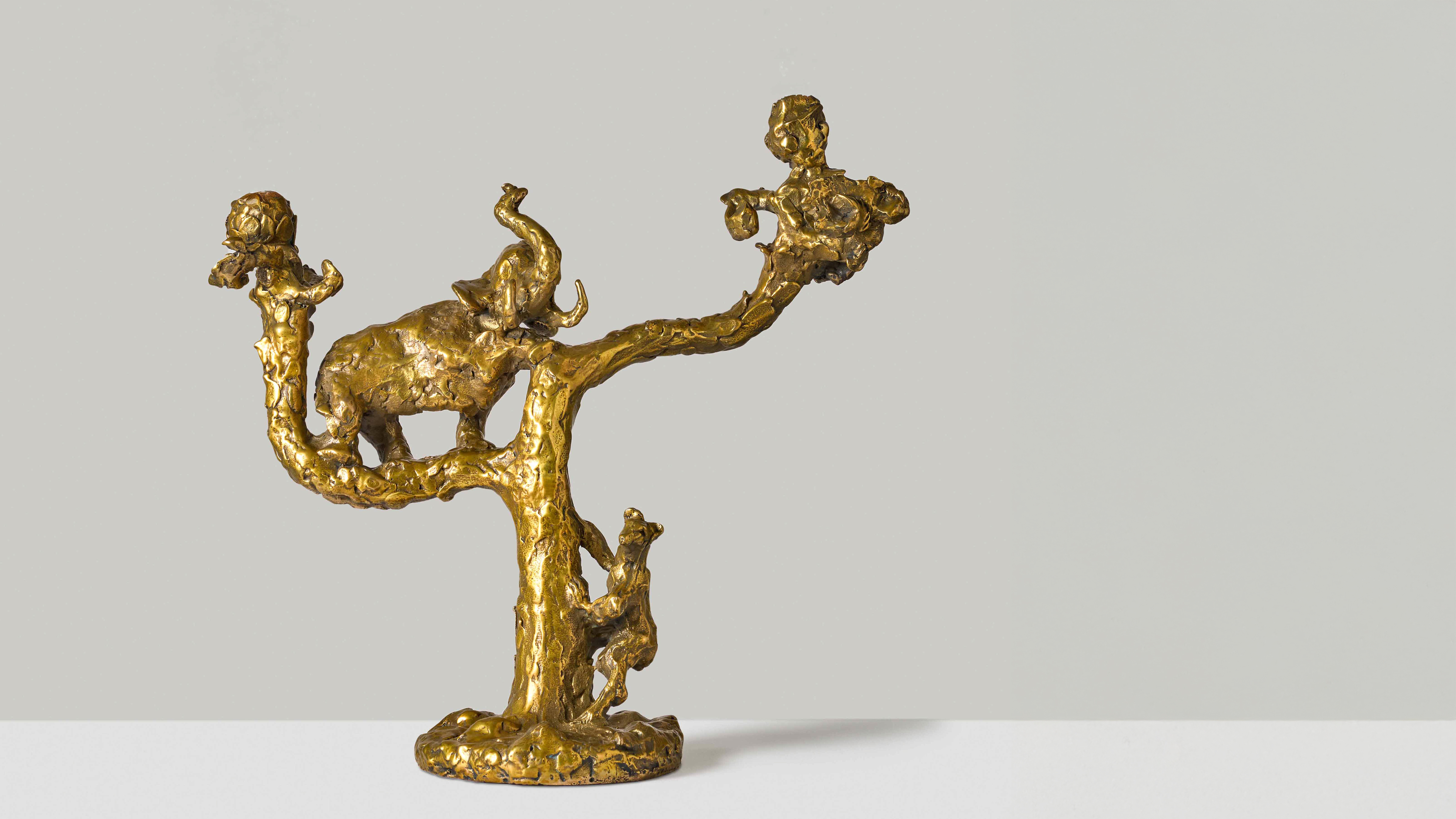
)
)
)
)
)
)
)
)
)
)
)
)
)
)
)
)
)
)